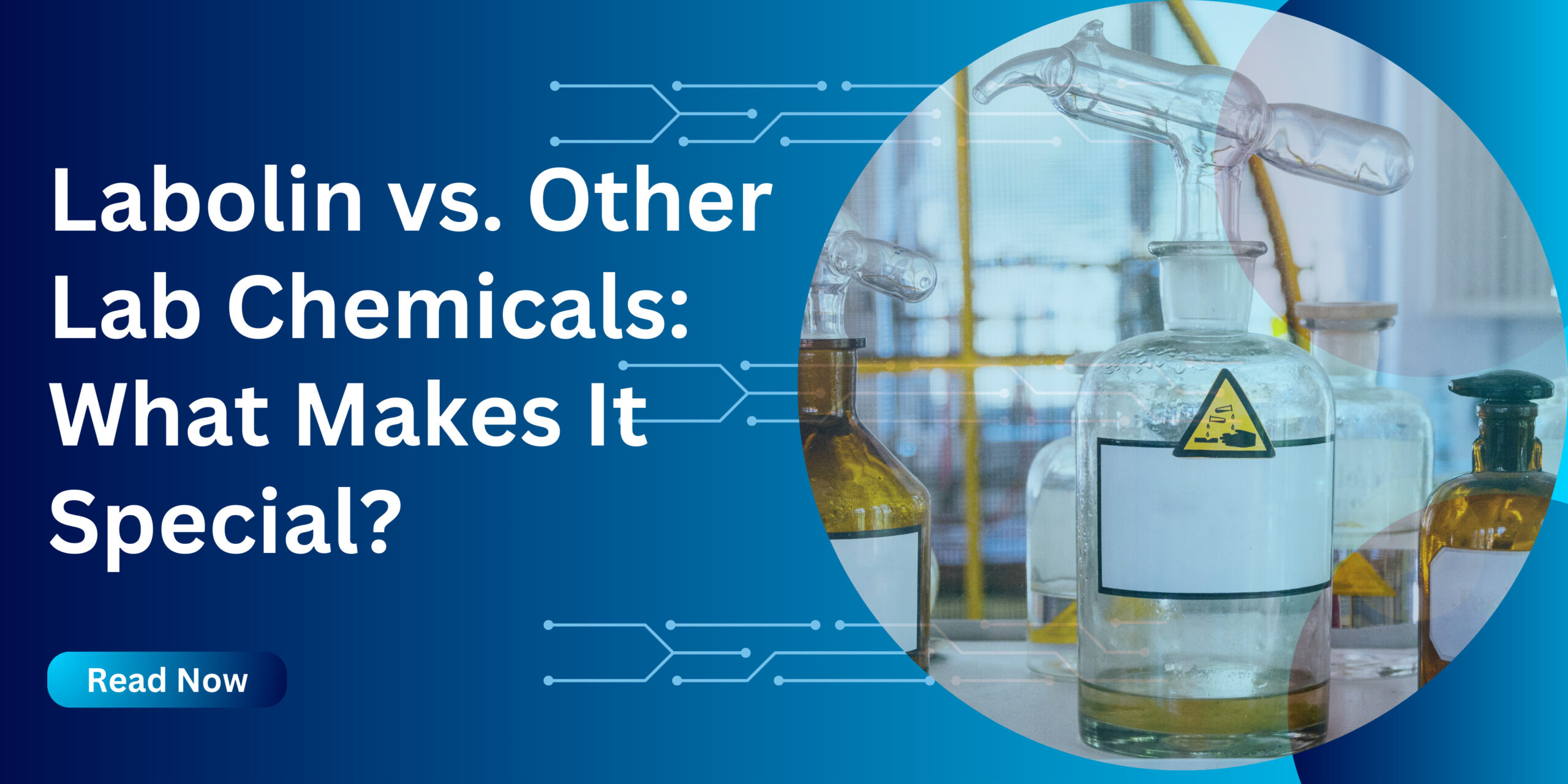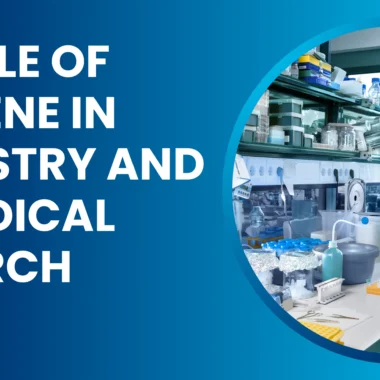Introduction
In the world of laboratory chemicals, precision and reliability are paramount. Scientists and researchers constantly seek chemicals that provide accuracy, stability, and safety in their experiments. One such chemical making waves in the scientific community is Labolin. But how does it compare to other commonly used lab chemicals? And what makes it special? Let’s dive in!
Understanding Labolin
What is Labolin?
Labolene, also known as Labolin, is a specialized chemical compound known for its exceptional stability and reactivity under controlled conditions. It is widely used in various scientific and industrial applications due to its unique chemical properties.
How is Labolin Used in Laboratories?
Labolin finds applications in analytical chemistry, pharmaceutical formulations, and even in industrial research. Its stable nature makes it a preferred choice for experiments requiring consistent results.
Key Properties of Labolin
Chemical Composition
Labolin consists of a well-balanced molecular structure that ensures minimal degradation over time. Unlike some volatile lab chemicals, it maintains its efficacy even under extreme conditions.
Physical Characteristics
- Appearance: Colorless or slightly tinted liquid/powder
- Solubility: Highly soluble in water and select organic solvents
- Boiling/Melting Point: High boiling point ensures stability
Comparing Labolin with Other Common Lab Chemicals
Labolin vs. Acids
Acids like hydrochloric acid (HCl) and sulfuric acid (H₂SO₄) are highly reactive and corrosive. Unlike them, Labolin offers controlled reactivity, making it safer to handle in various lab settings.
Labolin vs. Bases
Bases like sodium hydroxide (NaOH) and ammonia (NH₃) are known for their strong alkalinity and potential hazards. Labolene, however, provides stability without extreme pH conditions, making it more adaptable.
Labolin vs. Organic Solvents
Organic solvents such as ethanol and acetone evaporate quickly and pose flammability risks. Labolene’s non-volatile nature reduces such risks, making it a safer alternative.
Why Labolin Stands Out
Unique Chemical Stability
Labolene does not degrade easily, even when exposed to temperature variations or prolonged storage.
Higher Safety Profile
Unlike acids and bases, Labolin has fewer hazards associated with handling, making it a safer option for laboratory personnel.
Environmental Impact
Labolene is biodegradable and does not contribute significantly to pollution, unlike some traditional lab chemicals that pose disposal challenges.
Cost-Effectiveness
Due to its efficiency and lower waste production, Labolene proves to be a cost-effective alternative in long-term usage.
Applications of Labolin in Different Fields
Medical Research
Used in biochemical experiments and drug formulations due to its stable properties.
Industrial Applications
Plays a vital role in manufacturing processes that require precise chemical reactions.
Pharmaceutical Use
Helps in developing medicines with accurate compositions and prolonged shelf life.
Safety Precautions When Handling Labolin
Storage Guidelines
- Store in a cool, dry place away from direct sunlight.
- Ensure airtight containers to maintain stability.
Handling Instructions
- Wear appropriate protective gear.
- Avoid direct inhalation or contact with skin.
Disposal Methods
- Follow local environmental guidelines.
- Dispose of in designated chemical waste disposal units.
Future of Labolin in Scientific Research
With ongoing advancements in chemical engineering, Labolin is expected to see even broader applications. Its unique properties may lead to innovative uses in medicine, materials science, and environmental research.
Conclusion
Labolin’s exceptional stability, safety, and cost-effectiveness make it stand out among lab chemicals. Whether in pharmaceuticals, industrial applications, or scientific research, it proves to be a valuable asset. As scientific exploration continues, Labolene’s role is set to expand, making it an indispensable component in laboratories worldwide.
FAQs
1. Is Labolene hazardous to human health?
No, Labolene is considered safer than many traditional lab chemicals, but proper handling precautions should always be followed.
2. Can Labolene replace acids and bases in experiments?
It depends on the experiment. While Labolene provides stability, some reactions still require strong acids or bases.
3. Is Labolene environmentally friendly?
Yes, Labolene is biodegradable and has minimal environmental impact compared to many lab chemicals.
4. How should Labolene be stored for long-term use?
Keep it in an airtight container in a cool, dry place away from direct sunlight.
5. What industries benefit the most from Labolene?
The pharmaceutical, medical research, and industrial sectors benefit significantly from Labolene’s properties.
You may also like: Chemicals, Plasticware, Glassware, Slides, Instruments, Consumables, Equipment, Model, Charts





